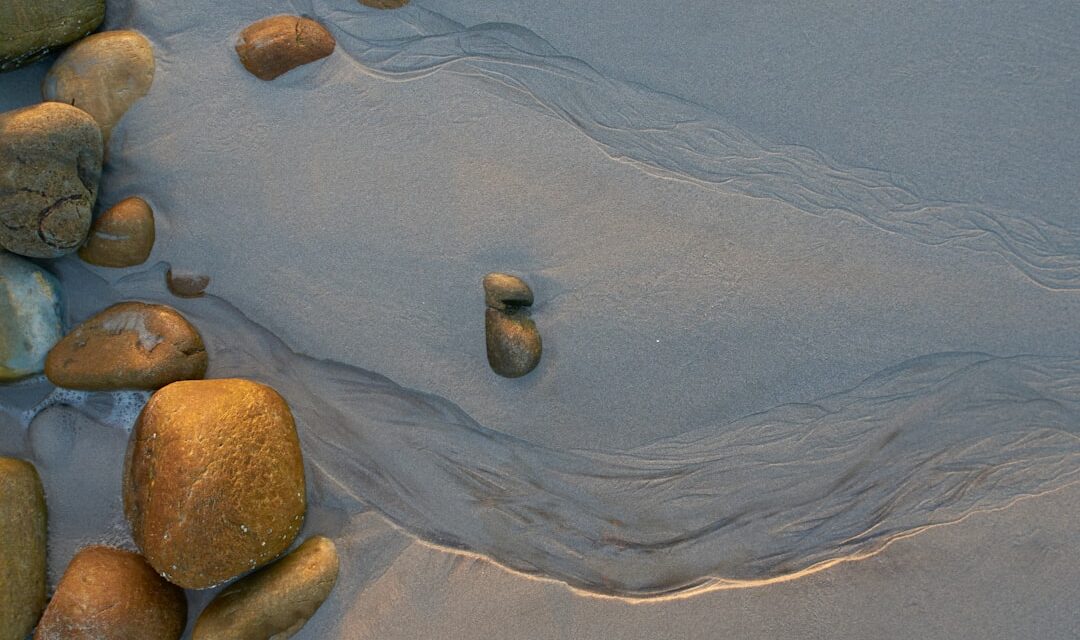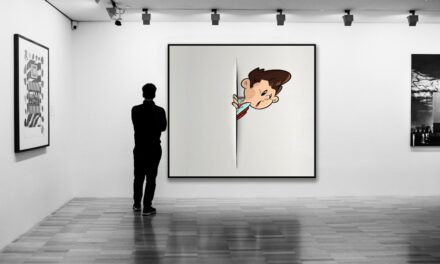Jan Steen was born in 1626 in Leiden, a city renowned for its vibrant artistic community during the Dutch Golden Age. He was the son of a brewer, which afforded him a comfortable upbringing, allowing him to pursue his artistic inclinations from an early age. The environment of Leiden, with its rich tapestry of culture and intellectual discourse, undoubtedly played a significant role in shaping his artistic sensibilities.
Steen’s early exposure to the works of prominent artists, such as Rembrandt and Frans Hals, would later inform his own style and thematic choices. Steen’s formal education in the arts began when he enrolled in the University of Leiden, where he studied under the tutelage of various artists. However, it was not long before he shifted his focus entirely to painting.
His apprenticeship with the renowned painter Nicolaes Moeyaert provided him with a solid foundation in the techniques and principles of Dutch painting. This period of training was crucial, as it allowed Steen to develop his unique voice while mastering the skills necessary to navigate the competitive art market of his time.
Summary
- Jan Steen was born in Leiden, Netherlands in 1626 and received a comprehensive education, including Latin and Greek.
- His artistic style was influenced by his time in Haarlem, where he studied under the renowned painter Adriaen van Ostade.
- Some of Jan Steen’s most famous works include “The Feast of Saint Nicholas” and “The Merry Family”, which showcase his skill in capturing lively and humorous scenes.
- Jan Steen’s art often depicted themes of domestic life, celebrations, and moralizing subjects, reflecting the values and concerns of Dutch Golden Age society.
- Jan Steen’s legacy in Dutch Golden Age art is significant, as he was known for his ability to combine humor and satire with technical skill and emotional depth.
Artistic Style and Influences
Jan Steen’s artistic style is characterised by its vibrant colour palette, dynamic compositions, and a keen attention to detail. His works often feature lively scenes filled with figures engaged in various activities, reflecting the bustling life of 17th-century Dutch society. Steen’s ability to capture the nuances of human expression and interaction is one of the hallmarks of his artistry.
He employed a technique known as chiaroscuro, which involves the use of strong contrasts between light and dark to create depth and volume in his figures. Influenced by the works of his contemporaries, Steen drew inspiration from both the realism of the Dutch masters and the more playful elements found in genre painting. His exposure to the works of Pieter de Hooch and Vermeer is evident in his meticulous attention to interior spaces and the interplay of light within them.
Additionally, Steen’s penchant for humour and satire sets him apart from many of his peers, allowing him to infuse his paintings with a sense of narrative that engages viewers on multiple levels.
Jan Steen’s Most Famous Works
Among Jan Steen’s most celebrated works is “The Feast of Saint Nicholas,” a lively depiction of a family celebrating the feast day of Saint Nicholas. The painting captures the joyous chaos of children eagerly unwrapping gifts while adults look on with amusement. This work exemplifies Steen’s ability to convey emotion and narrative through composition, as well as his skill in rendering intricate details that bring the scene to life.
The vibrant colours and dynamic poses of the figures create an atmosphere of warmth and festivity. Another notable piece is “The Merry Family,” which showcases Steen’s talent for portraying domestic life with a humorous twist. In this painting, a family gathers around a table laden with food and drink, embodying the spirit of conviviality that characterises many of Steen’s works.
The expressions on the faces of the figures reveal a range of emotions, from joy to mischief, inviting viewers to ponder the relationships and dynamics at play within the scene. Such works not only highlight Steen’s technical prowess but also his keen understanding of human nature.
Themes and Subjects in Jan Steen’s Art
Jan Steen’s art is rich with themes that reflect the complexities of human behaviour and societal norms. One prevalent theme is the exploration of moral lessons through everyday life. Many of his paintings serve as cautionary tales, illustrating the consequences of excess or folly.
For instance, in “The Doctor’s Visit,” Steen depicts a scene where a doctor examines a patient amidst a backdrop of chaos, suggesting that neglecting one’s health can lead to dire consequences. This moral undertone is often delivered with a sense of irony, as Steen masterfully balances humour with serious commentary. Another significant theme in Steen’s oeuvre is the celebration of family and community life.
His works frequently depict gatherings, festivities, and domestic scenes that highlight the importance of social bonds. In “The Dancing Couple,” for example, Steen captures a moment of joy and connection between two figures lost in dance, symbolising the joy found in companionship. Through these depictions, Steen not only immortalises moments of happiness but also reflects on the values and traditions that underpin Dutch society during his time.
Jan Steen’s Role in Dutch Golden Age Art
Jan Steen occupies a pivotal position within the context of Dutch Golden Age art, a period marked by remarkable advancements in painting and an explosion of creativity. As one of the leading genre painters of his time, Steen contributed significantly to the development of this genre, which focused on scenes from everyday life rather than historical or religious subjects. His ability to infuse ordinary moments with depth and meaning helped elevate genre painting to new heights.
The rise of a prosperous middle class created a demand for art that resonated with their experiences and values. Steen’s paintings often catered to this audience by portraying relatable themes and situations that resonated with their lives.
In doing so, he not only captured the essence of his time but also helped shape the trajectory of Dutch art for generations to come.
Jan Steen’s Personal Life and Family
Jan Steen’s personal life was as colourful as his paintings suggest. He married Margriet van der Voort in 1654, and together they had several children. The dynamics within his family often found their way into his art, as he frequently depicted familial interactions and domestic scenes that mirrored his own experiences.
This intimate connection between his life and work adds an additional layer of depth to his paintings, allowing viewers to glimpse into the artist’s world. However, Steen faced challenges throughout his life, including financial difficulties that stemmed from mismanagement of his brewery business. Despite these struggles, he continued to produce an impressive body of work that reflected both his personal joys and tribulations.
His ability to navigate these complexities is evident in his art, where themes of family life often intertwine with elements of humour and satire.
Jan Steen’s Legacy and Impact on Art
Jan Steen’s legacy is profound, influencing not only his contemporaries but also generations of artists who followed him. His unique approach to genre painting paved the way for future artists to explore similar themes within their own work. The blend of humour, moral commentary, and vibrant storytelling found in Steen’s paintings continues to resonate with audiences today, making him a timeless figure in art history.
Moreover, Steen’s influence can be seen in various movements beyond his own time. The playful yet insightful nature of his work has inspired modern artists who seek to capture the essence of human experience through their art. His ability to convey complex emotions within seemingly simple scenes serves as a reminder that art can be both entertaining and thought-provoking.
Jan Steen’s Techniques and Materials
Jan Steen employed a variety of techniques and materials that contributed to the distinctive quality of his work. He primarily used oil paints on canvas, allowing for rich colour saturation and intricate detail.
This method not only enhanced the visual appeal but also allowed for subtle shifts in tone that brought life to his figures. In addition to traditional techniques, Steen was known for his innovative approach to composition. He often arranged figures in dynamic poses that created a sense of movement within the frame.
This technique drew viewers into the scene, inviting them to engage with the narrative unfolding before them. By combining technical skill with an understanding of human behaviour, Steen crafted works that were both visually stunning and emotionally resonant.
Jan Steen’s Place in Art History
Jan Steen holds a significant place in art history as one of the foremost genre painters of the Dutch Golden Age. His contributions to this genre not only enriched the artistic landscape of his time but also laid the groundwork for future explorations in everyday life as a subject matter for artists. While many artists focused on grand historical or religious themes, Steen’s dedication to capturing ordinary moments set him apart and established him as a pioneer in portraying domestic life.
His works are now celebrated for their intricate narratives and emotional depth, making them essential studies for art historians seeking to understand the cultural context of 17th-century Netherlands. As an artist who deftly navigated both humour and moral lessons within his paintings, Steen’s legacy continues to be examined and appreciated by scholars and enthusiasts alike.
Jan Steen’s Humor and Satire in Art
One of Jan Steen’s defining characteristics is his use of humour and satire within his artwork. He had an exceptional ability to depict scenes that were not only visually engaging but also infused with wit and irony. This approach allowed him to comment on societal norms and human behaviour while entertaining viewers at the same time.
In many instances, he employed exaggerated expressions or absurd situations to highlight follies or vices prevalent in society. For example, in “The World Upside Down,” Steen presents a topsy-turvy scene where traditional roles are subverted—men are seen engaging in domestic tasks while women partake in activities typically reserved for men. This playful inversion serves as both a humorous commentary on gender roles and an invitation for viewers to reflect on their own societal expectations.
Through such satirical portrayals, Steen not only entertained but also provoked thought about moral values and human nature.
Jan Steen’s Influence on Later Artists
Jan Steen’s influence extends far beyond his own lifetime; he has left an indelible mark on subsequent generations of artists who have drawn inspiration from his work. His unique blend of humour, narrative depth, and attention to detail has resonated with many artists across various movements. The likes of Jean-Baptiste-Siméon Chardin in France and later genre painters have acknowledged Steen’s impact on their own explorations into everyday life as subject matter.
Moreover, contemporary artists continue to reference Steen’s techniques and thematic choices as they navigate their own artistic journeys. The enduring appeal of his work lies not only in its aesthetic qualities but also in its ability to connect with universal human experiences—an aspect that remains relevant across time periods and cultures. As such, Jan Steen’s legacy endures as a testament to the power of art to reflect society while simultaneously engaging audiences through wit and insight.
If you are interested in learning more about the intricacies of art and different artistic techniques, you may also enjoy reading an article on advanced pencil drawing, hyperrealism, and detail. This article delves into the world of hyperrealistic pencil drawings and the level of detail that can be achieved through this medium. Just like Jan Steen’s meticulous attention to detail in his paintings, hyperrealism in pencil drawing requires a similar level of precision and skill.



